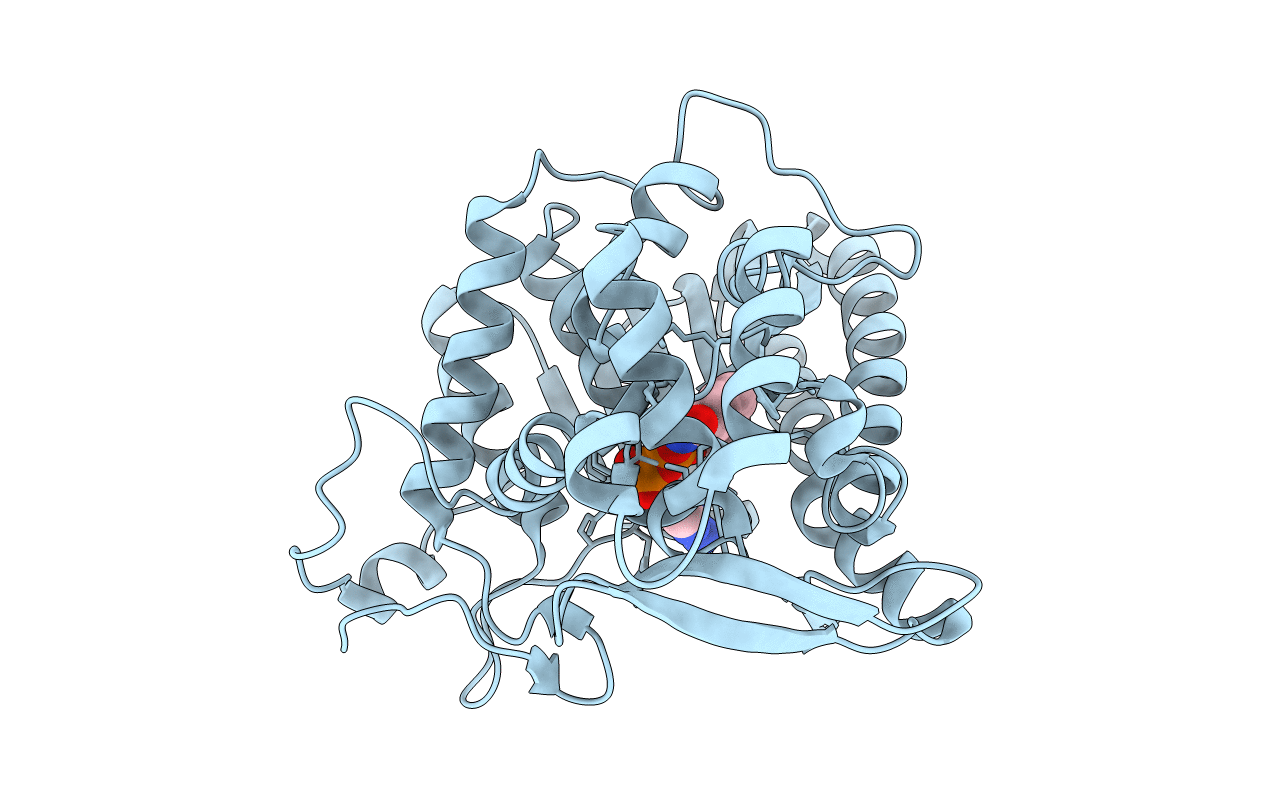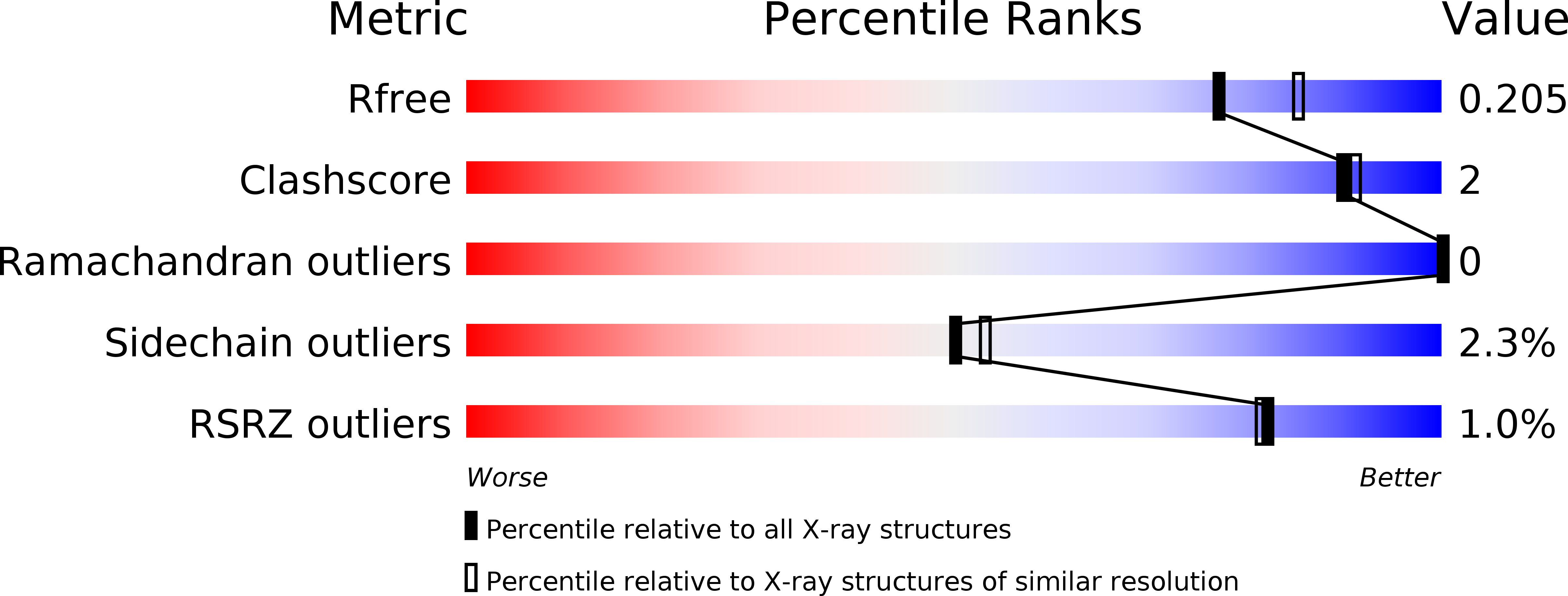
Deposition Date
2012-04-25
Release Date
2012-11-28
Last Version Date
2024-10-30
Entry Detail
PDB ID:
4EUE
Keywords:
Title:
Crystal structure of Clostridium acetobutulicum trans-2-enoyl-CoA reductase in complex with NADH
Biological Source:
Source Organism:
Clostridium acetobutylicum (Taxon ID: 272562)
Host Organism:
Method Details:
Experimental Method:
Resolution:
2.00 Å
R-Value Free:
0.22
R-Value Work:
0.19
R-Value Observed:
0.19
Space Group:
C 1 2 1


